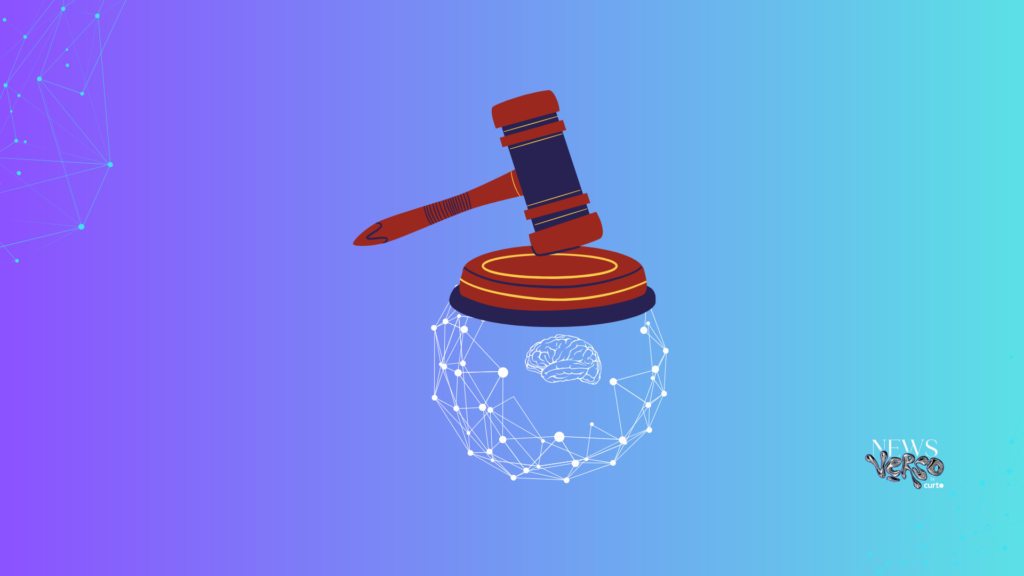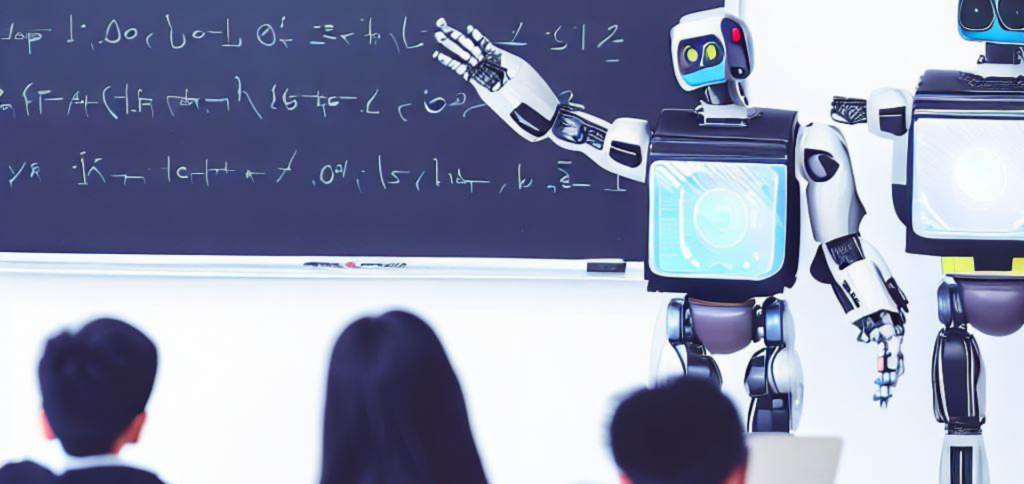We're looking for a roadmap, a manual, a set of step-by-step instructions that tells us how to use these advanced tools. However, when it comes to generative AI, such precise instructions do not exist, at least not yet. Just like an explorer faced with uncharted territory, we need to learn to find our safe path.
ADVERTISING
Yes, AI regulation is necessary and it is something we should desire and work towards. However, before such standards are formalized, there is a critical role that all of us – creators, developers and users of AI – must play. We are the pioneers, the first to walk these unknown seas. As such, our actions and decisions we make now will help shape the future landscape for the appropriate use of AI.
When we talk about the advancement of generative AI in the learning process, in the school and university environment, this challenge is even broader. While some institutions hesitate, others paralyze. Some, however, from its teaching staff, have ventured into discovery. Whether authorized, institutionalized or not, there is a notable interest in the topic.

The resistance of those who walk away is understandable. The traditional role of the teacher, which until then was treated as an oracle of knowledge, has long been transformed by new learning processes. And it's good that it is so.
ADVERTISING
While New York schools banned its use in school settings for fear of plagiarism, a school in Rio Grande do Sul, in Brazil, carries out a guided experiment: at Escola Municipal de Ensino Fundamental Porto Novo, in Porto Alegre, technological innovation stands out thanks to the initiative of Tatiane Reis, a renowned educator in the field of Artificial Intelligence (AI).
In a pedagogical approach inspired by agile methodologies, Reis structured two teaching projects: the Guild of Curious People and the Guild of Developers. These guilds function as learning communities based on collective intelligence, while “chapters” act as subgroups focused on specific interests.
The result of this collaborative work was the development of the game “Escola dos Orixás”. This creation was inspired by the cultural context of the students, many of whom belong to a community with a strong presence of Umbanda temples. During the creation process, several technological tools were employed, including the ChatGPT, an AI tool.
ADVERTISING
In addition to being a practical resource in the development of the game, AI has also become an object of study. Reis led discussions with students about the fundamental concepts of intelligence, the history of computing, and programming languages. During these debates, the ChatGPT played a crucial role, not only as a research tool, but also in teaching students the importance of questions in the world of AI.
This initiative offers the chance for teachers and students to navigate unknown waters together, learning simultaneously. A joint journey of discovery.
Understanding Generative AIs for Education
In a recent training for postgraduate teachers, I witnessed the transformative power of this type of approach. I had the honor of conducting training for more than 100 postgraduate Law professors, aimed at understanding generative AIs within the learning process. More than a simple transmission of knowledge, it was an immersion in humility and discovery from all sides.
ADVERTISING
It was clear that teaching, in this new scenario, demands an attitude of continuous learning. It is no longer just about transmitting answers, but about embarking with students on an odyssey of questionments and explorations.
In this changing landscape, the mantra “learning by doing” takes on even greater relevance. We could be tempted to quickly institutionalize the use of AI, seeking standardization and certainty. However, questiono: that doesn't limitaria the vibrant dynamism of learning?
Certainly, when adopting this stance, we will encounter challenges. Generative AIs, as promising as they are, will also pose ethical, pedagogical and technical dilemmas. But it is precisely this complexity that enriches the educational journey. Each challenge becomes an opportunity to deepen understanding, refine approaches and, indeed, innovate.
ADVERTISING
“We won’t be able to make the cake without breaking the eggs, however.”
This is the crux of the matter: learning is no longer a one-way path, from teacher to student. It is a dance, a dialogue, a co-construction of knowledge. Rather than institutionalizing the premature use of emerging technologies, we might think that embracing the dynamism of learning and allowing teachers and students to shape the future of education together could be a good, albeit laborious, start. However, we won't be able to make the cake without breaking the eggs.
And yes, tools like generative AI will present us with challenges – some predictable and others that we will only realize along the way. But, isn't that what learning has always been about? A series of challenges and discoveries? “Learning by doing” is not just a motto; it is a calling. An invitation to embark on the most authentic and rich journey that education has to offer.
In fact, not only are we navigating the unknown, we are charting the new course as we go. Every action we take, every decision we make, is contributing to the formation of a “culture of AI use” in each environment in which we operate.
Hence the importance of a collective awareness of how AI should be used to benefit our relationships and our responsibility towards a society that does not suffer the harm of our concrete actions.
Let us then dare, as educators and students, within the context that has been established by generative AIs questionair, learn and teach in a joint process. Because it is at the intersection between creative human potential together with traditional and innovative knowledge that the magic of learning can truly happen in this context.
See also:
Sílvia Piva is a lawyer, master and doctor in Law from PUC-SP. A technology enthusiast, she is a researcher at FGV and PUC-SP on Emerging Technologies, Technophilosophy, Ethics and Regulation. Furthermore, the lawyer is one of the founders of Ex nunc metaverse, the first legal metaverse in Brazil. Piva is also part of a law firm and is the leader of the Nau d'Dês hub.
* The text of this article was partially generated by artificial intelligence tools, state-of-the-art language models that assist in the preparation, review, translation and summarization of texts. Text entries were created by the Curto News and responses from AI tools were used to improve the final content.
It is important to highlight that AI tools are just tools, and the final responsibility for the published content lies with the Curto News. By using these tools responsibly and ethically, our objective is to expand communication possibilities and democratize access to quality information. 🤖




